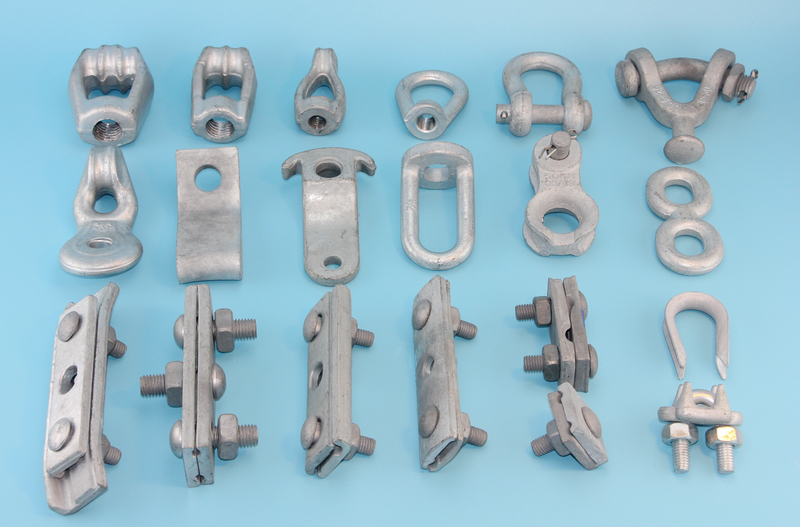(2) Laser crystal orientation The orientation of the laser crystal is irradiated onto the surface of the diamond crystal with a laser with good coherence. The regular crystal lattice and microscopic pits formed during the growth process on the surface in different crystal directions are Reflected onto the screen to form a characteristic diffracted light image. However, in fact, due to external interference factors, the regular crystal lattice and microscopic pits formed naturally are not obvious or can not be observed at all. Therefore, the crystal is subjected to appropriate artificial etching before orientation to form a characteristic topography.
(3) X-ray crystal orientation Since the wavelength of the X-ray is close to the lattice constant of the crystal, diffraction occurs when the X-ray passes through the crystal or is reflected back from the crystal surface. A dedicated X-ray crystal orientation instrument has been developed using this principle. This crystal orientation method has high precision, but because X-rays have certain harm to the human body, it is necessary to pay attention to the protection of operators when using.
3.3 The crystal orientation of the diamond tool selects the diamond anisotropy, so not only the hardness and wear resistance of each crystal face are different, but also the wear resistance of the same crystal face in different directions. If the crystal orientation is not properly selected, the sharpening efficiency will be greatly reduced even if the crystal face is selected correctly. At the same time, since the compressive strength of the diamond crystal is 5-7 times larger than the tensile strength, the easy-grinding direction of the crystal face should be selected during the sharpening process, and the cutting edge should face the positive direction of the sharpening wheel speed (ie, take Back grinding) to ensure sharpening efficiency and reduce the degree of microscopic cleavage of the cutting edge.
3.4 Wear and damage of diamond cutters The wear mechanism of diamond cutters is complex and can be divided into macroscopic wear and microscopic wear. The former is mainly mechanical wear and the latter is mainly based on thermal chemical wear. Common diamond tool wear and tear forms are flank wear, flank wear and edge cracking. In the single crystal diamond tool sharpening process, it needs to be worn to sharpen the tool that meets the requirements, but if the unnecessary wear is generated, the sharpened front and back flank surfaces may be damaged. The edge cracking (ie, chipping) occurs when the stress on the cutting edge exceeds the local bearing capacity of the diamond tool, and is generally caused by microscopic cleavage damage of the diamond crystal along the (111) crystal plane. In ultra-precision machining, the cutting edge of the diamond cutter has a relatively small radius, which is itself a hard and brittle material. At the same time, due to its anisotropy and the (111) surface is prone to cleavage, along with the vibration and the grinding wheel to the cutting edge The impact of the mouth is often accompanied by a chipping phenomenon.
Previous page next page
Deadend Hardware
Deadend hardware is a type of pole line hardware that is used to secure the end of a transmission or distribution line to a pole or tower. It is designed to withstand the tension and weight of the line and keep it securely in place.
Deadend hardware typically consists of a variety of components, including Oval Eye Nuts, Thimble Eyelets , Anchor Shackle, Guy clamps, bolts, nuts, washers, and insulators. These components work together to create a strong and durable connection between the line and the pole.
Yokelink supply a full line of deadend hardwares, , provide part number to get a quote on these products, leave your message, or send us an email to get answers for your questions or product you needed.

Thimble Eyenut, Eyelet, Eye nut, Preformed, Clamp, Rope, Clip, Cable, Fitting, Hook, Shackle, Deadend
Ningbo Yokelink Machinery Co.,Limited , https://www.yokelink.com
![<?echo $_SERVER['SERVER_NAME'];?>](/template/twentyseventeen/skin/images/header.jpg)